
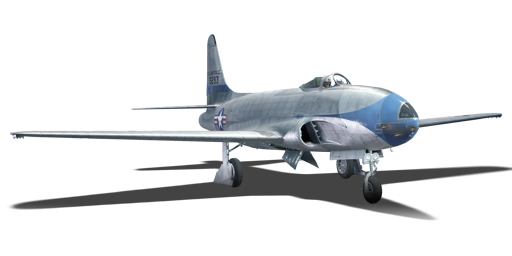


The last production version of the P-80 Shooting Star was the P-80C. It was intended to have better engines and the first batches of P-80Cs had the Allison J33-A-23 engine. The last production batches had the more powerful Allison J33-A-35 engine that provided a 15% increase in thrust. Around 550 P-80Cs were fitted with the new engine. The P-80C also received the M3 Browning machine guns which boasted a very high fire rate. In 1948, the P-80C was redesignated as the F-80C. The vast majority of Shooting Stars that saw combat in the Korean War were F-80Cs and many were fitted with extra fuel tanks to increase endurance. The F-80C was in service until 1958 when the Air National Guard and Air Force Reserve retired them.
Introduced in Update 1.33, the F-80C-10 is a very good evolution of the F-80A-5. The new engine and M3 machine guns greatly increased the F-80C's capability against fighters. The six M3 Brownings feature better range and fire rate which is a must-have for jet combat. The F-80C also has a better ground loadout and can carry up to four 1,000 lb bombs. The Allison J-33-A-35 comes with a water injection system that increases power up for around 100 seconds. Players should use this wisely as it's quite limited; it's particularly useful for accelerating from low speeds.
flaps
flaps
flaps
brake
| Belt | Belt filling | Armor penetration (mm) at a distance: | |||||
|---|---|---|---|---|---|---|---|
| 10 m | 100 m | 500 m | 1000 m | 1500 m | 2000 m | ||
| API-T/AP/AP/I | 30 | 27 | 20 | 13 | 9 | 6 | |
| AP-I/AP-I/API-T/I/I | 28 | 26 | 18 | 11 | 7 | 4 | |
| API-T/I/AP/AP/AP-I/AP-I | 30 | 27 | 20 | 13 | 9 | 6 | |
| API-T | 28 | 26 | 18 | 11 | 7 | 4 | |
| AP-I/I/AP-I/I | 28 | 26 | 18 | 11 | 7 | 4 | |
| Name | Weight | Slot | ||||||||||||
|---|---|---|---|---|---|---|---|---|---|---|---|---|---|---|
| 242.6 kg |  |  |  |  | ||||||||||
| 500.8 kg |  |  | ||||||||||||
| 416.4 kg | 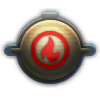 |  |  |  | ||||||||||
| 500.8 kg |  |  | ||||||||||||
| 62.8 kg | 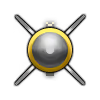 |  |  |  |  |  |  |  | ||||||
| 2 × | 125.6 kg | 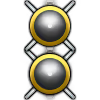 |  |  |  | |||||||||
| 117.9 kg | 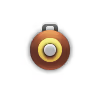 |  |  |  | ||||||||||












Flight performance | |
|---|---|
Survivability |
|---|
Weaponry | ||
|---|---|---|